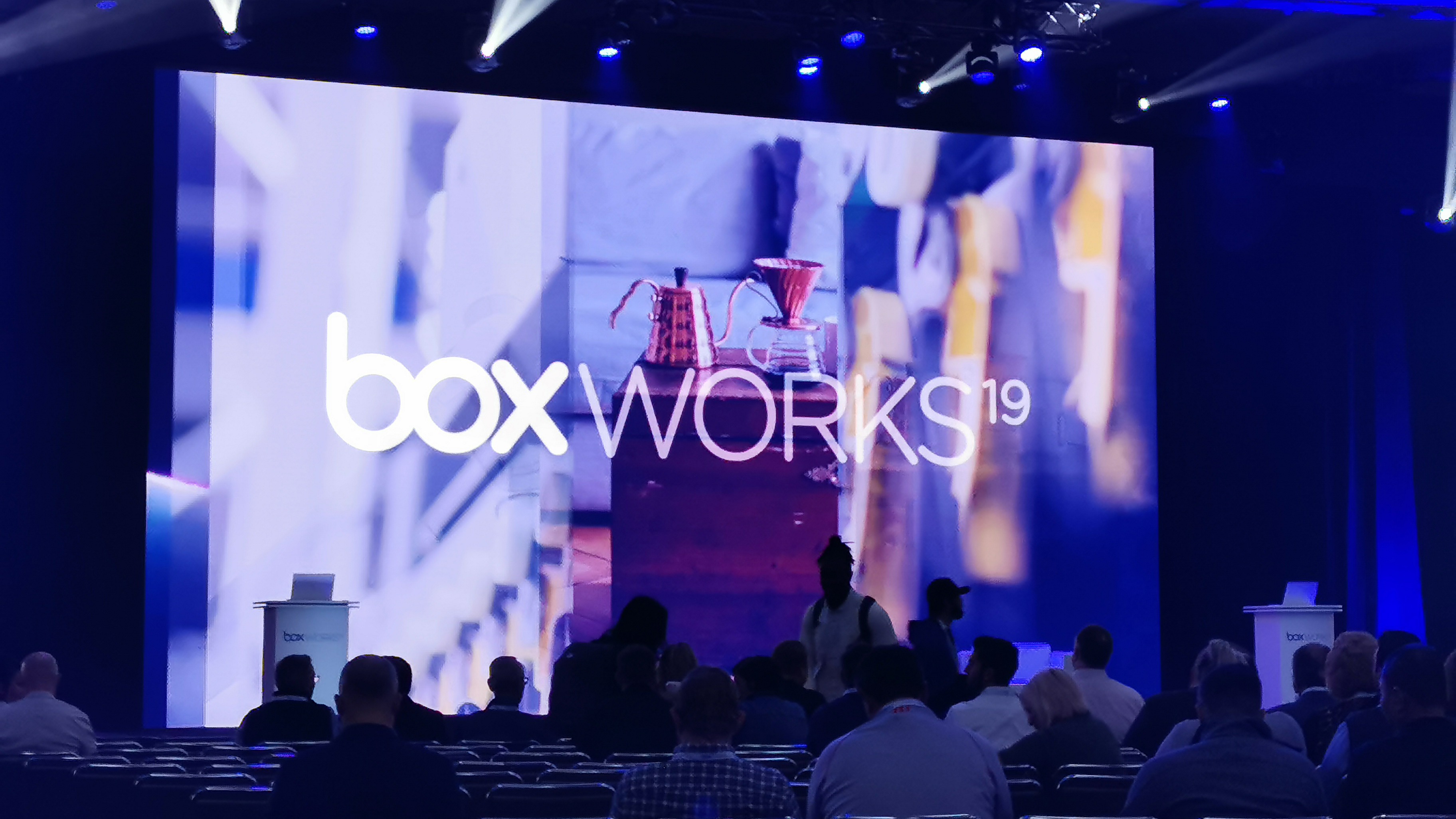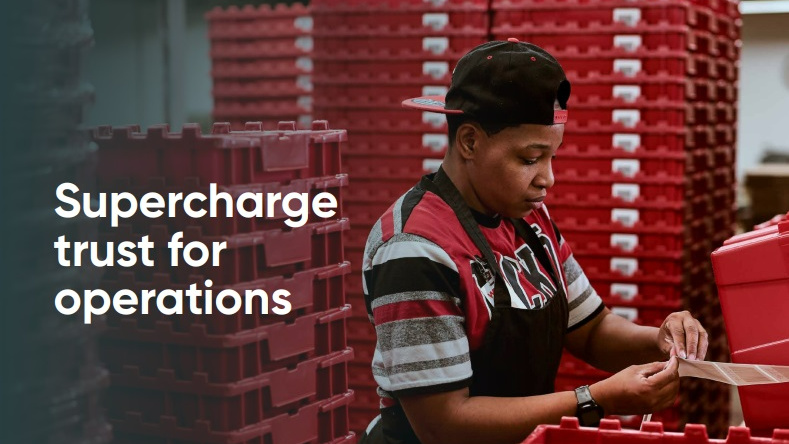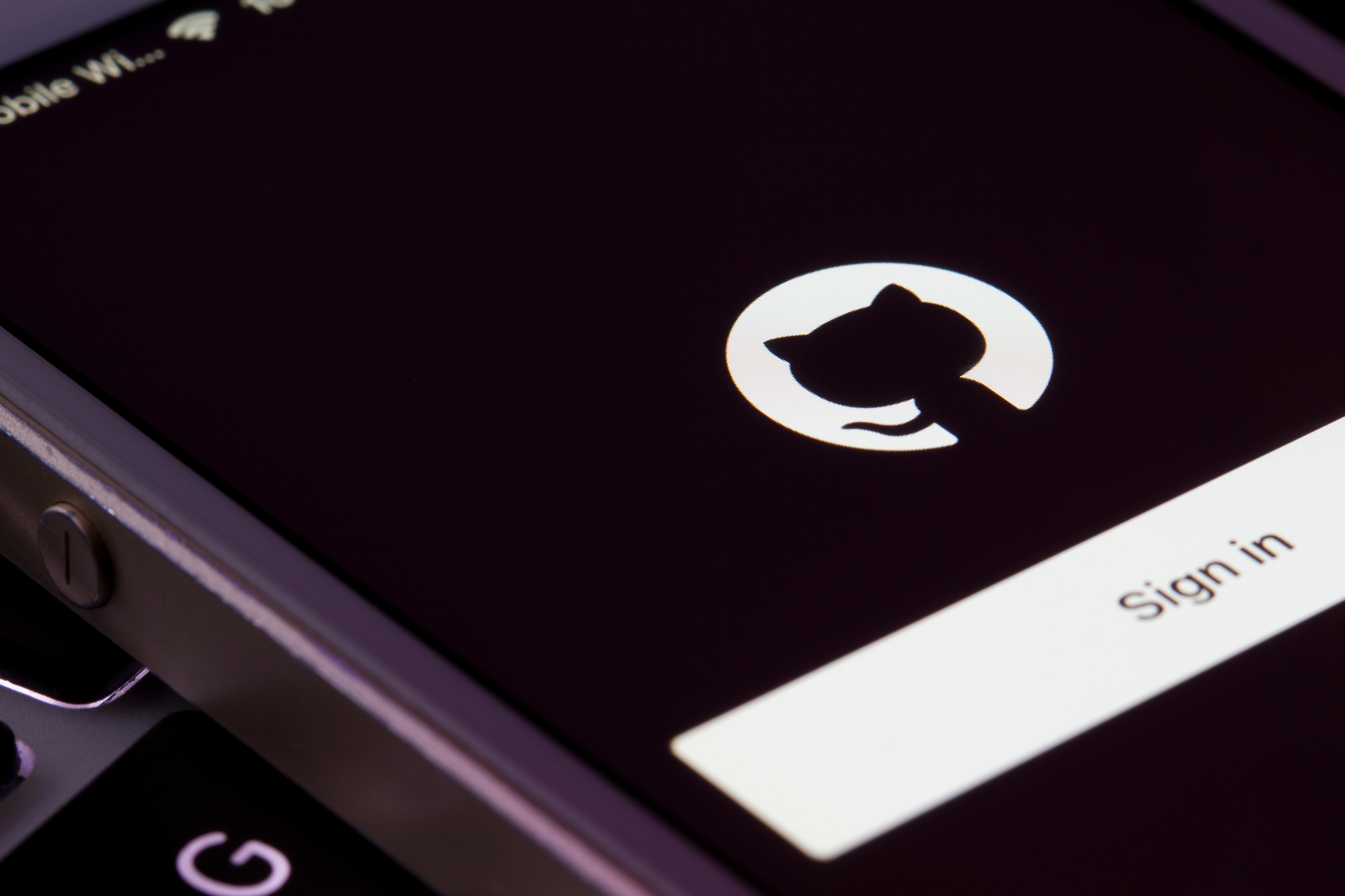Box: We're in the business of protecting companies from themselves
CIO Paul Chapman explains why he launches phishing attacks against his own company


"We're 30,000 employees, we're the size of a small village... there will be crime, or there will be people that do things that they shouldn't do."
Box CIO Paul Chapman recalls a conversation he once had with a company executive, who broke the mould somewhat by being more concerned by the actions of rogue employees than threats coming from the outside.
This was at a time when cyber security simply meant protecting against external threats. That doesn't mean to say the executive wasn't bothered with external attacks, only that he identified that plenty of development had already gone into creating robust outward-looking defences over the years, while little attention was paid to the workers.
In today's environment, we are seeing time and again that the biggest threat to security is often a company's own employees. According to Box, around 55% of breaches are due to negligence in the workplace.
"People often say, 'what's the thing that worries you the most?' Actually it is what we would call 'negligent users'," Chapman explains. "People don't wake up and say 'hey, I think I'll be a negligent user today', they're just doing their work and what happens is risk builds... part of what keeps me awake is users doing negligent things, without knowing they're doing them."
Safety net
Jeetu Patel, Box's chief product officer, shared a few examples of what the company considers common negligent actions. The first was sharing content to personal email accounts. So, for instance, Rachel wants to invite John into an internal folder full of private company documents. She begins typing 'Jo' into the search bar and his email addresses pop up. She picks the first one which happens to be John's personal Gmail account, sending company documents to a non-company account.
In a second example, John, who is working remotely, might decide to download company documents on a personal device. He doesn't select the specific documents he needs and instead puts the whole folder onto his unsecured personal device. Without realising, John may have placed sensitive company info, such as financial details, on a device that sits outside the company's firewall.
Get the ITPro daily newsletter
Sign up today and you will receive a free copy of our Future Focus 2025 report - the leading guidance on AI, cybersecurity and other IT challenges as per 700+ senior executives
It's this concern that led Box to develop its Shield platform, released in August this year. It aims to fix the many problems and risks that crop up when sharing and collaborating. While it is mainly marketed as an external-facing security product, Box Shield is actually just as useful for preventing these types of human errors filtering through - whether accidental or intentional.
Force preview, for example, gives users access to files in preview before they are given permission to download. So if somebody receives an email with a malicious attachment, it will be flagged by Box's security system before it's ever downloaded to a company's network.
Although the employees should be aware of basic security practices, software needs to account for laziness, according to Box.
"We know it's better to point to content, we know its better to use links to control content and chain of custody over content, but you still have in an organisation of 20,000 - 35,000 people and someone who goes 'oh, I think it's easier to send an attachment', and off he goes," Chapman says.
In-house phishing
Chapman and his team at Box accept that we can't all be experts, particularly when it comes to digital security. And, as clever and intuitive as Box Shield is, it's not going protect you from everything.
"To me, Box is a piece of the jigsaw puzzle, it's not the jigsaw puzzle when it comes to how to think about security potential," he says. "It's partners, it's integrations... you have to have people inside your organisation that are thinking through what the architecture is... you can't just put it in Box and be done. It's how you configure Shield, how you set it up, it's a combination of things."
The workforce at Box is subjected to regular tests from Chapman and his team. They are even tested using dummy internal phishing attacks as a way to train people on how to identify and deal with threats as they arrive. This is the same tactic we've seen deployed across other security-savvy organisations, only, as a security specialist, Box is able to take it one step further.
"There are different levels of sophistication, but it is surprisingly scary how easy it is to spoof people," he says. "We've got a red team that will actually try to break everybody's passwords at least once per month. We will do our own phishing attacks, we look at the results, share them with the company, we don't do a wall of shame or anything, but we do have a security 'hero'."
We're only human
These 'heroes' seem to be in short supply if the latest figures are anything to go by. According to Telstra's 2019 Security Report, 89% of cyber security risks are now internal. Add to that, a recent Carbon Black report that suggests that hacking and data breaches are becoming the "new normal", with hackers now turning their attention to vulnerable end-users, rather than trying to break through company firewalls directly.
What's more, it only takes one lapse in concentration, or one employee to not know the danger, for your business to be crippled by malware. Many towns and cities in the US have been plagued by ransomware attacks that have been specifically designed to target employees that are, for the most part, illiterate in cyber security. For example, Florida's Riviera Beach lost control of its entire municipal network after a single police department employee opened a malicious email attachment.
In 2017, the average worker made 118 mistakes a year, according to a report from Identity Guard. Predictably, many of those errors revolved around technology and as more and more businesses adopt digital services, that trend is only going to continue. After all, we're only human.
Bobby Hellard is ITPro's Reviews Editor and has worked on CloudPro and ChannelPro since 2018. In his time at ITPro, Bobby has covered stories for all the major technology companies, such as Apple, Microsoft, Amazon and Facebook, and regularly attends industry-leading events such as AWS Re:Invent and Google Cloud Next.
Bobby mainly covers hardware reviews, but you will also recognize him as the face of many of our video reviews of laptops and smartphones.
-
 Bigger salaries, more burnout: Is the CISO role in crisis?
Bigger salaries, more burnout: Is the CISO role in crisis?In-depth CISOs are more stressed than ever before – but why is this and what can be done?
By Kate O'Flaherty Published
-
 Cheap cyber crime kits can be bought on the dark web for less than $25
Cheap cyber crime kits can be bought on the dark web for less than $25News Research from NordVPN shows phishing kits are now widely available on the dark web and via messaging apps like Telegram, and are often selling for less than $25.
By Emma Woollacott Published
-
 Capita handed £50m London police contract weeks after losing pension data
Capita handed £50m London police contract weeks after losing pension dataNews The outsourcer will provide digital fraud reporting services after its cyber incident disclosure drew criticism
By Rory Bathgate Published
-
 Supercharge trust for operations
Supercharge trust for operationsWhitepaper Innovating through uncertainty
By ITPro Last updated
-
 Western Digital suffers cyber attack, shuts down systems
Western Digital suffers cyber attack, shuts down systemsNews Customers are taking to Twitter to report they’re unable to log into their storage products through Western Digital’s online portal
By Zach Marzouk Published
-
 Lazarus blamed for 3CX attack as byte-to-byte code match discovered
Lazarus blamed for 3CX attack as byte-to-byte code match discoveredNews Additional analysis suggested 3CX developer teams ignored "red flags"
By Zach Marzouk Published
-
 Some GitHub users must take action after RSA SSH host key exposed
Some GitHub users must take action after RSA SSH host key exposedNews One cloud security expert likened the incident to the infamous HeartBleed bug from 2014
By Zach Marzouk Published
-
 Latitude hack now under state investigation as customers struggle to protect their accounts
Latitude hack now under state investigation as customers struggle to protect their accountsNews The cyber attack has affected around 330,000 customers, although the company has said this is likely to increase
By Zach Marzouk Published
-
 Four-year-old iframe flaw allows hackers to steal Bitwarden passwords
Four-year-old iframe flaw allows hackers to steal Bitwarden passwordsNews The password manager has known about the issue since 2018, publicising it in a report in 2018
By Zach Marzouk Published
-
 WH Smith hit by cyber attack, current and former staff data accessed
WH Smith hit by cyber attack, current and former staff data accessedNews The company stated that it is notifying staff members who have been affected
By Zach Marzouk Published